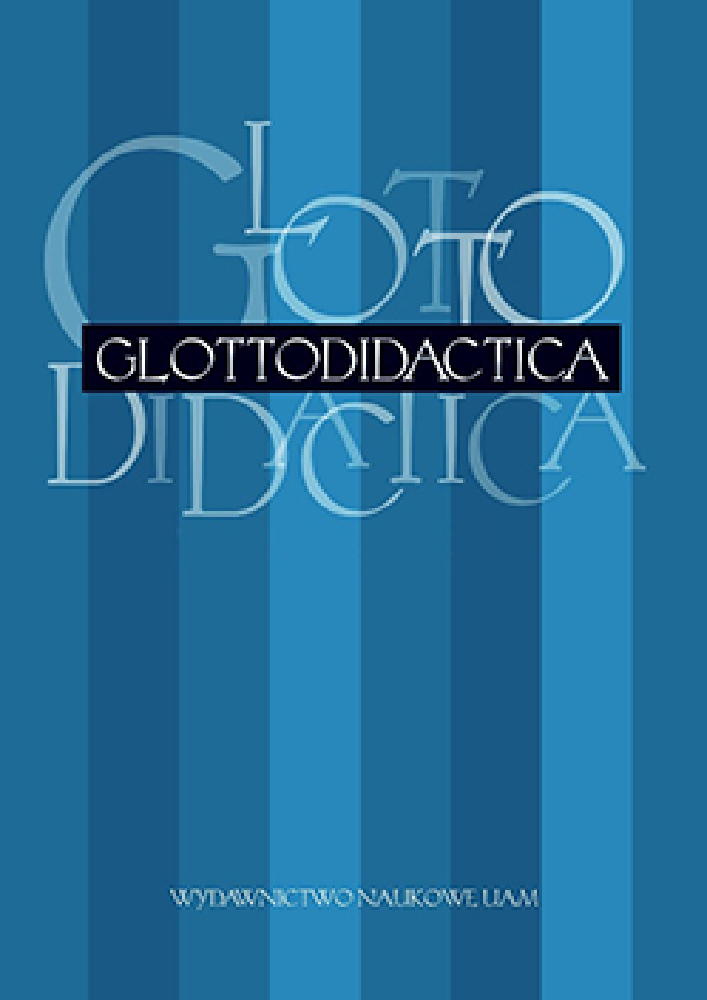Résumé
The paper highlights the what, the why and the how questions which may be posed by the novice researcher in the field of visual impairment. I discuss the problematic issues inherent to various stages of research preparation and implementation such as selection of a research method, recruitment of subjects for a study, the lack of theories and models in the field of visual impairment, applicability and administration of standard tests in the SEN setting, keeping up participants’ commitment throughout a project, or sustainment of the researcher’s emotional involvement.Références
Bak, S., 2011. Types of research: Quantitative, qualitative, mixed methods, and teacher action. In: The Educator. Vol. XXIV, issue 1. A publication of ICEVI, 26–31.
Creswell, J.W., 2002. Research design: Qualitative, quantitative, and mixed methods approaches. New York: Sage Publications.
Fraiberg, S., 1977. Insights from the blind. New York: Basic Books.
Jedynak, M., 2009. Gifted Visually Impaired Children Learning Foreign Languages. In: Pawlak M. (ed.). Studies in Pedagogy and Fine Arts. New Perspectives on Individual Differences in Language Learning and Teaching. Vol. VIII. Poznań–Kalisz: Adam Mickiewicz University, Faculty of Pedagogy and Fine Arts in Kalisz, 337–347.
Jedynak, M., 2010. Foreign Language Motivation – Some Deliberations on its Enhancement in Visually Impaired Learners. In: Michońska-Stadnik A. (ed.). Anglica Wratislviensia XLVIII. Wrocław: Wydawnictwo Uniwersytetu Wrocławskiego, 171–182.
Jedynak, M., 2011a. Across the Borders of Typhlopedagogy and L2: New Research Problems, Recent Findings, Perspectives. In: Pawlak, M. (ed.). Extending the Boundaries of Research on Second Language Learning and Teaching. Part V. Berlin–Heidelberg: Springer, 263–275.
Jedynak, M., 2011b. Językowe odwzorowanie rzeczywistości przez niewidomych i widzących użytkowników języka polskiego. In: Rozprawy Komisji Językowej XXXVIII. Wrocław: Wrocławskie Towarzystwo Naukowe, 61–73.
Jedynak, M., in press. Nauczanie wymowy języka obcego w kontekście ucznia niewidomego. In: Proceedings of the V Scientific Conference ‘Language-Literature-Culture’ held at Higher Vocational School in Płock, Poland 9–10th May 2011.
Kirchner, C., 2003. Guest Editorial. In: Journal of Visual Impairment & Blindness. 97 (5), 259.
Krasowicz, G., Kurzyp-Wojnarska, A., 1990. Kwestionariusz do badania poczucia kontroli (KBPK). Warszawa: Pracownia Testów Psychologicznych Polskiego Towarzystwa Psychologicznego.
Marshall, C., Rossman, G.B., 2006. Designing qualitative research (4th ed.). Thousand Oaks, CA: Sage.
Pasquero, J., Schmitt, R., Beaulieu, S., 2001. Facing the reality of qualitative research: An interactive workshop comparing teaching and research case writing. In: Klein, H. (ed.), Proceedings of the 18th International Conference on Case Research and Application (WACRA) 17–29. Lund: Sweden.
Richards, K., 2003. Qualitative inquiry in TESOL. Basingstoke: Palgrave Macmillan.
Riise, R., 1993. Nordic registers of visually impaired children. In: Scandinavian Journal of Social Medicine 21: 66–68.
Schachter, J., Gass, S. (eds), 1996. Second language classroom research: Issues and opportunities. Mahwah, NJ: Lawrence Erlbaum.
Smith, T.M., 2008. Adaptation to low vision caused by age-related macular degeneration: A case study. In: Journal of Visual Impairment and Blindness, 102 (11), 725–730.
Tobin, M., 2008. Information: A new paradigm for research into our understanding of blindness? In: British Journal of Visual Impairment, 26, 119–127. doi: 10.1177/0264619607088278
Tobin, M., 2011. Is research necessary? In: The Educator, vol. XXIV, issue 1, 20–25.
Warren, D.H., 1984. Blindness and early childhood development (2 ed., rev’d.). New York: American Foundation for the Blind.
Zebehazy, K., 2011. Call to action: Contributing to research through your everyday teaching experience. In: The Educator, vol. XXIV, issue 1, 38–44.
Licence
Auteurs
Les auteurs de textes acceptés pour publication dans la revue Glottodidactica sont tenus de remplir, signer et renvoyer à l'adresse de la rédaction, un accord sur l'octroi d'une licence gratuite pour les œuvres, avec obligation d'accorder une sous-licence CC.
Conformément à cet accord, les auteurs des textes publiés dans la revue Glottodidactica accordent à l'Université Adam Mickiewicz de Poznań une licence non exclusive et gratuite et autorisent l'utilisation de la sous-licence Creative Commons Attribution-NoDerivatives 4.0 International (CC BY-ND 4.0).
Les auteurs se réservent le droit de disposer librement de l'œuvre.
Utilisateurs
Les utilisateurs d'Internet intéressés ont le droit d'utiliser les œuvres publiées dans la revue Glottodidactica depuis 2016, selon les conditions suivantes :
- Attribution – obligation de fournir, conjointement avec l'œuvre distribuée, des informations sur l'auteur, le titre, la source (lien vers l'œuvre originale, DOI) et la licence elle-même.
- Aucune modification – l'œuvre doit être préservée dans sa forme originale. Sans le consentement de l'auteur, il n'est pas possible de distribuer l'œuvre modifiée sous forme de traductions, publications, etc.
Les droits d'auteur sont réservés pour tous les textes publiés avant 2016.
Autres
L'Université Adam Mickiewicz de Poznań conserve les droits sur la revue dans son ensemble (mise en page, forme graphique, titre, conception de la couverture, logo, etc.).
A PARTIR DE L’ANNEE 2015, LES ARTICLES PUBLIÉS DANS LA REVUE SONT DISPONIBLES SOUS LICENCE CREATIVE COMMONS : https://creativecommons.org/licenses/by-nd/4.0/deed.fr




